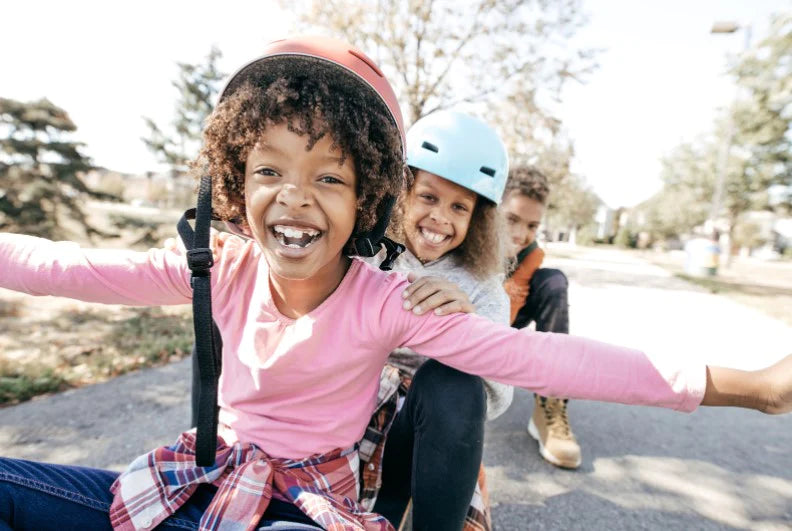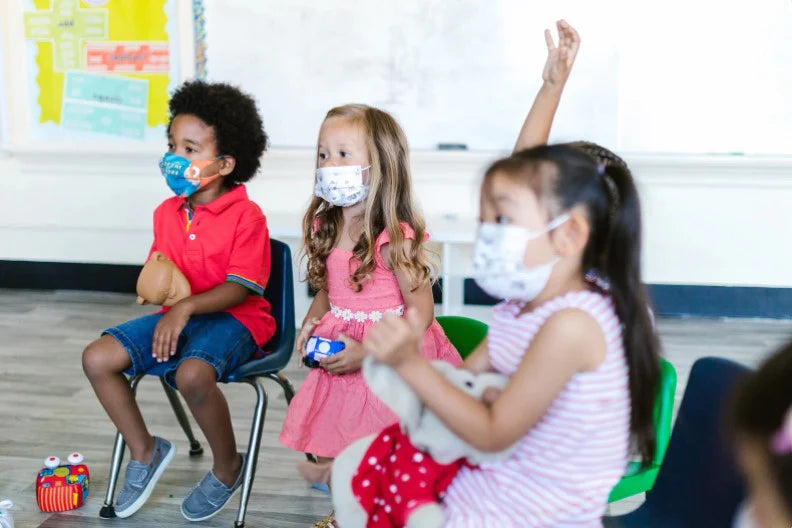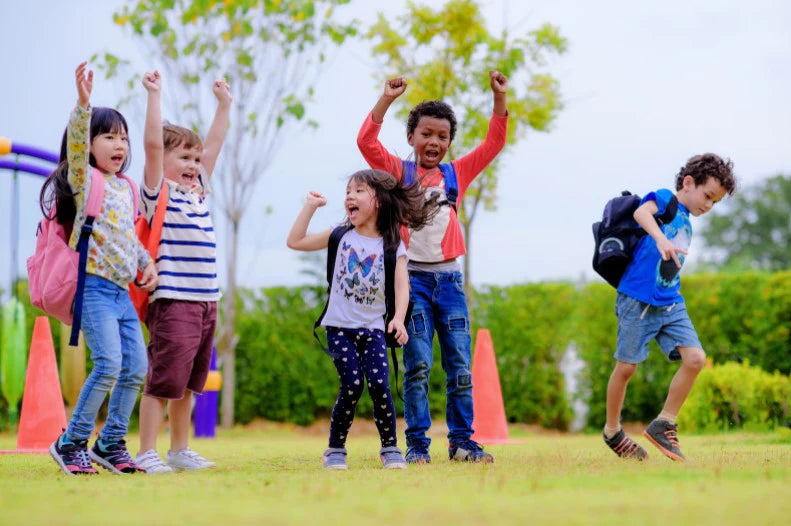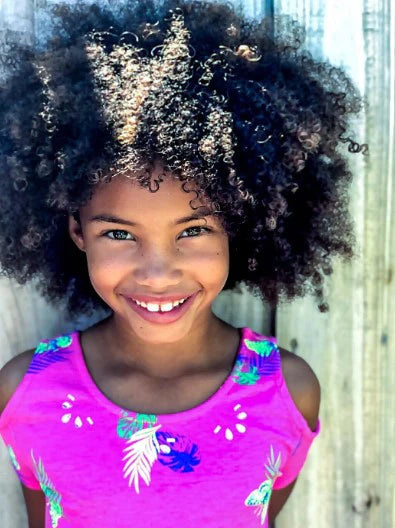Small children aren’t immune to big emotions. Events that can seem trivial to adults can give way to strong feelings, like disappointment at a broken toy or anger when a friend doesn’t want to share. While there are many techniques for training a child to manage their feelings, identifying emotions is actually the first step in self-regulation. It allows the child to recognize when they feel a certain way and why. This self-awareness and emotional regulation can help children manage their behavior and make better decisions.
In addition, when children can identify and label the emotions of others, they are better able to empathize with them and respond in a supportive and caring manner. This can lead to stronger friendships and more harmonious interactions. In turn, more positive interactions lead to higher self-esteem and a positive outlook on life.
How to Practice Identifying Emotions
Just like any other skill, identifying emotions takes practice. Take the time to explicitly teach your child emotional intelligence skills through books and activities and use real-life opportunities to reinforce those skills.
- Use emotion cards and picture books - These resources will help your child see the signs of big feelings, such as facial expressions, body language, and words. When using picture cards say things like, “What kind of a face is he making? What are things that cause that face? What do people who are feeling like this do?” If reading a picture book where a character is exhibiting a strong emotion, point it out and ask, “How do you think this character is feeling? Why? Have you ever felt that way?” Storypod also has Emotional Learning Monsters that can help!
- Use role playing and modeling - Children love to play pretend. Play with them and act out different scenarios using emotions such as angry, sad, excited, nervous, and bored. You can also use toys to create scenes, as well. Brainstorm ways to deal with those emotions. Practicing self-regulating methods ahead of time will make it easier for your child to use them in the future. Refer to these moments later when your child has a big feeling.
- Connect with them through storytelling - When your child is having an uncomfortable emotion, show them that you understand how they’re feeling by sharing a simple story in which you’ve felt the same way. Say something like, “Losing a toy can be really sad. I remember when I was your age I lost my favorite teddy bear. I cried and stomped my feet just like you. This is what I did to feel better later…”
- Point out the emotions in others - There’s no way to avoid big emotions in life. When appropriate, point out big feelings in others and explain how they are feeling. This could be another child having a melt-down at a playground or a relative needing space in the house. Be sure to point out the emotion with empathy and don’t use shame. Use phrases like, “They must not feel so good,” or, “I’ve felt like that before, have you?” Explain that it’s a natural part of life and, most importantly, that these feelings come and go.
- Be sure to let them know that there are no “bad” emotions - As mentioned earlier, emotions are all part of life and nothing to be ashamed of. It’s the way that we deal with our emotions that’s important. Categorize these feelings into “comfortable” and “uncomfortable” emotions. Comfortable emotions include happiness, peace, and engagement. Uncomfortable emotions include sadness, anger, boredom, and over-excitement. Acknowledge that although an emotion can feel uncomfortable, it’s leading you to a direction that you should go in. For example, over-excitement is an uncomfortable feeling that points out that you should take a break.








